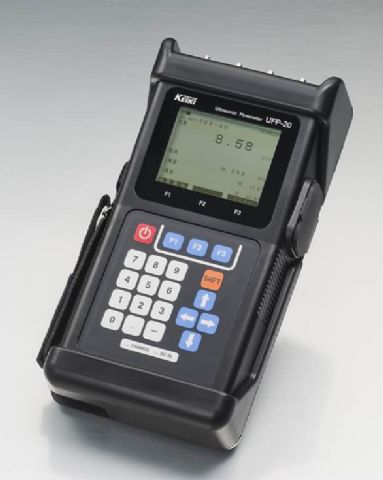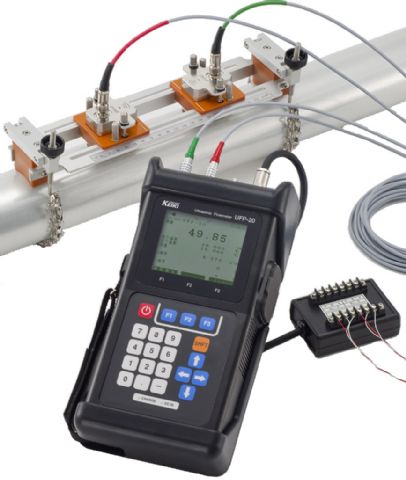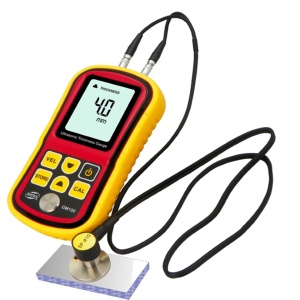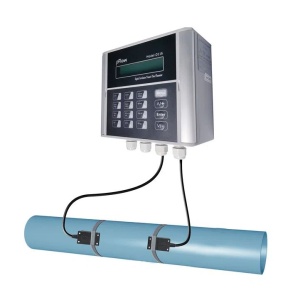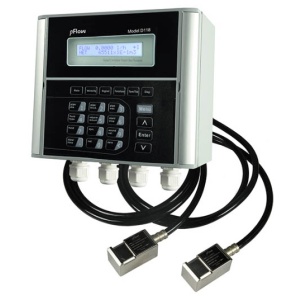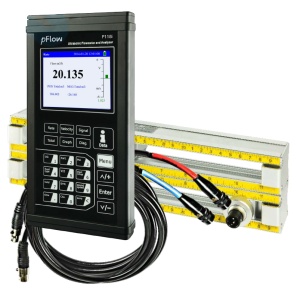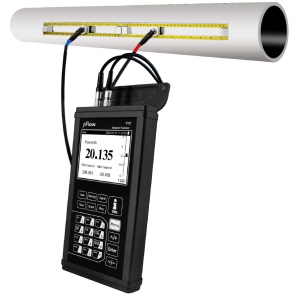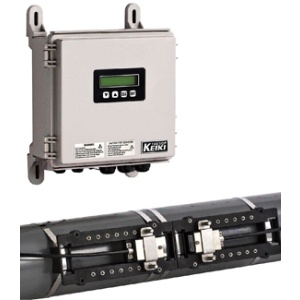The Tokyo Keiki UFP-20 Transit Time Flow Meter offers non-invasive installation, compact handheld size, simple installation (no special tools) and data logging. A key advantage of this model is various high quality and easy to use sensor kits to choose from.
The price varies depending on specific set contents, please make an inquiry for this model
Typically ‘special order’, inquire for current price and availability

